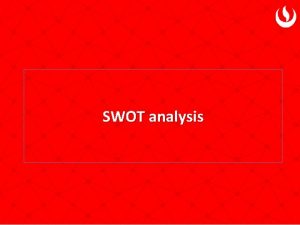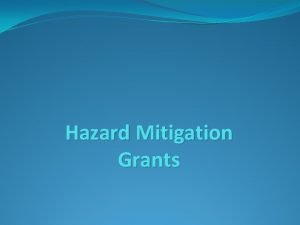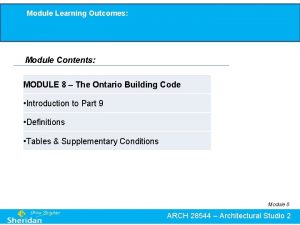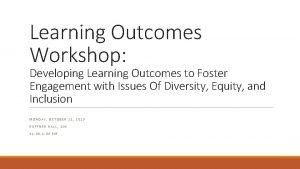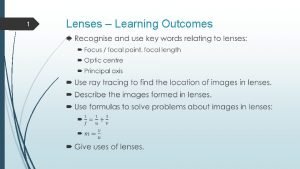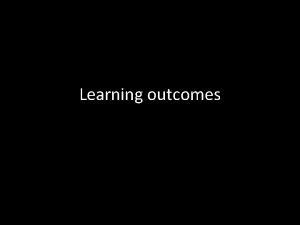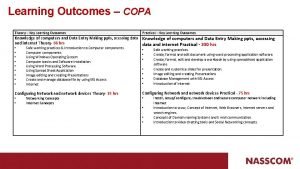Module 9 MITIGATION Module 9 Mitigation Learning Outcomes











- Slides: 11

Module 9 MITIGATION Module 9 – Mitigation

Learning Outcomes • Recognise some options to manage IAS impacts when managing IAS populations is not feasible Module 9 – Mitigation

Introduction • Sometimes not possible to prevent, eradicate or control IAS. • The only option is to then ‘live with’ the IAS and to lessen its impacts (mitigation) Module 9 – Mitigation

MITIGATION OPTIONS 1) Habitat manipulation 2) Supplementary feeding 3) Nest protection 4) Barriers 5) Translocation to “safe habitats”. Module 9 – Mitigation

Habitat Manipulation Making habitats less suitable for IAS, or more suitable for native species Module 9 – Mitigation

Supplementary Feeding Providing supplementary food exclusively to the impacted species Module 9 – Mitigation

Nest Protection Providing supplementary “nests” or protecting existing nests of impacted species Module 9 – Mitigation

Barriers Fences or barriers exclude or contain IAS from protected areas Module 9 – Mitigation

Module 9 – Mitigation

Translocation to “Safe” Habitats Module 9 – Mitigation

Summary Managing IAS populations is not always feasible or appropriate • “Impact mitigation” involves reducing the impacts of IAS on animals, plants and the environment • There are various options to manage IAS impacts • The most appropriate techniques will depend on the features of each site • Impact mitigation measures are seldom effective as a long-term solution Module 9 – Mitigation
 Example of learning outcomes
Example of learning outcomes Water cycle learning outcomes
Water cycle learning outcomes Notice writing learning objectives
Notice writing learning objectives Learning outcomes of swot analysis
Learning outcomes of swot analysis Nursery rhymes importance
Nursery rhymes importance Planning goals and learning outcomes
Planning goals and learning outcomes What is photolysis in photosynthesis
What is photolysis in photosynthesis Photosynthesis learning objectives
Photosynthesis learning objectives What is ncbts?
What is ncbts? Learning outcomes of linear equations in one variable
Learning outcomes of linear equations in one variable Learning outcomes generator
Learning outcomes generator Learning outcomes of direct and indirect speech
Learning outcomes of direct and indirect speech



